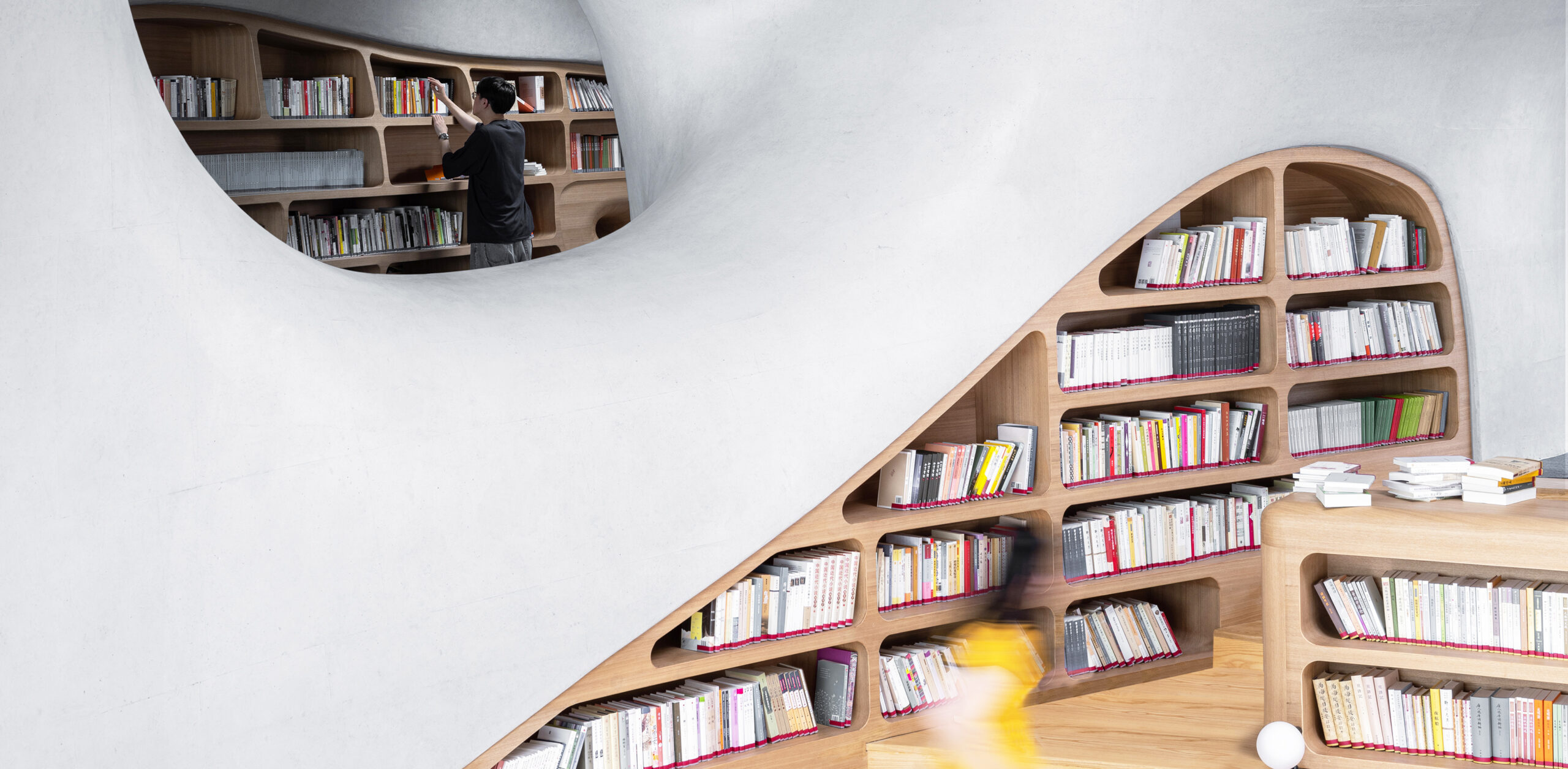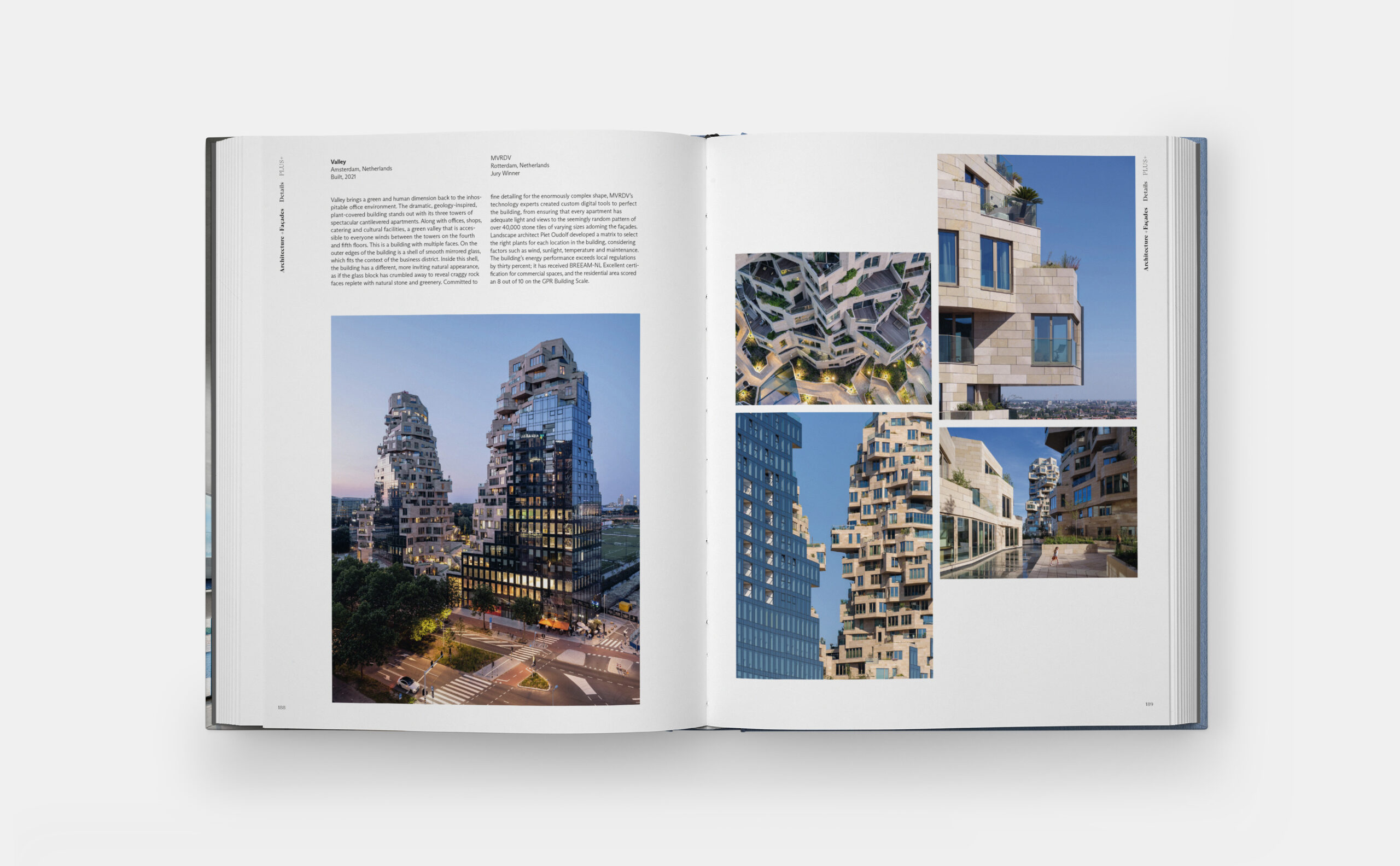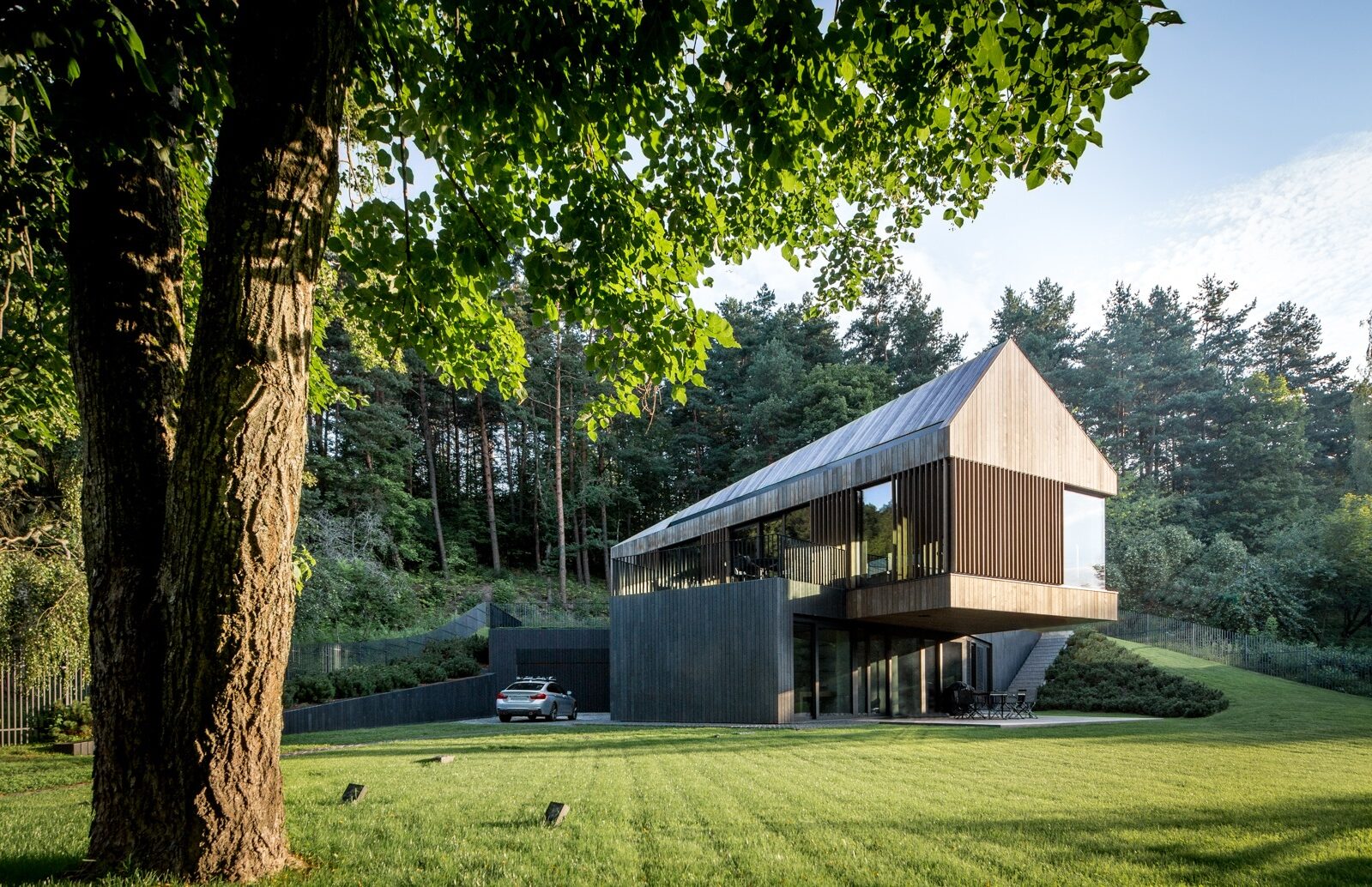Just in time for the holiday season, the latest edition of Architizer’s beloved “World’s Best Architecture” book is officially shipping! After being previewed by the 11th Annual A+Awards winners at Architizer’s gala in Paris (all featured in the book’s glossy pages), architects worldwide can now get their hands on the hardcover editions.
For a limited time, we’re offering two special promotions (visible when you order on the website). If you missed last year’s book and want to complete your set, you are in luck! We’re offering 20% off of the 2023 book with purchases of the latest edition. Meanwhile, we’re also extending this discount for those looking to bulk order: shipments of 25 copies or more will receive a 20% off promotion.
We also encourage the featured A+Awards winners to show us photographs of their book alongside their winning project or team and to send us the photo. We’ll share the best images on Architizer and social media platforms. Keep an eye out for the results!
- Snap a Photo: Take a moment to capture your A+Awards Book, whether it’s a candid shot or a staged photo. It could be a picture of you (or you and your team) with the book, or an image of the book in the context of your winning project, as demonstrated above!
- Send It Our Way: Email us the image(s) at awards@architizer.com so that we can include it in our Architizer Journal feature.
- Share on Social Media: Post the picture using the hashtag #ArchitizerAwards, and don’t forget to tag us @Architizer. We’ll be liking and reposting!
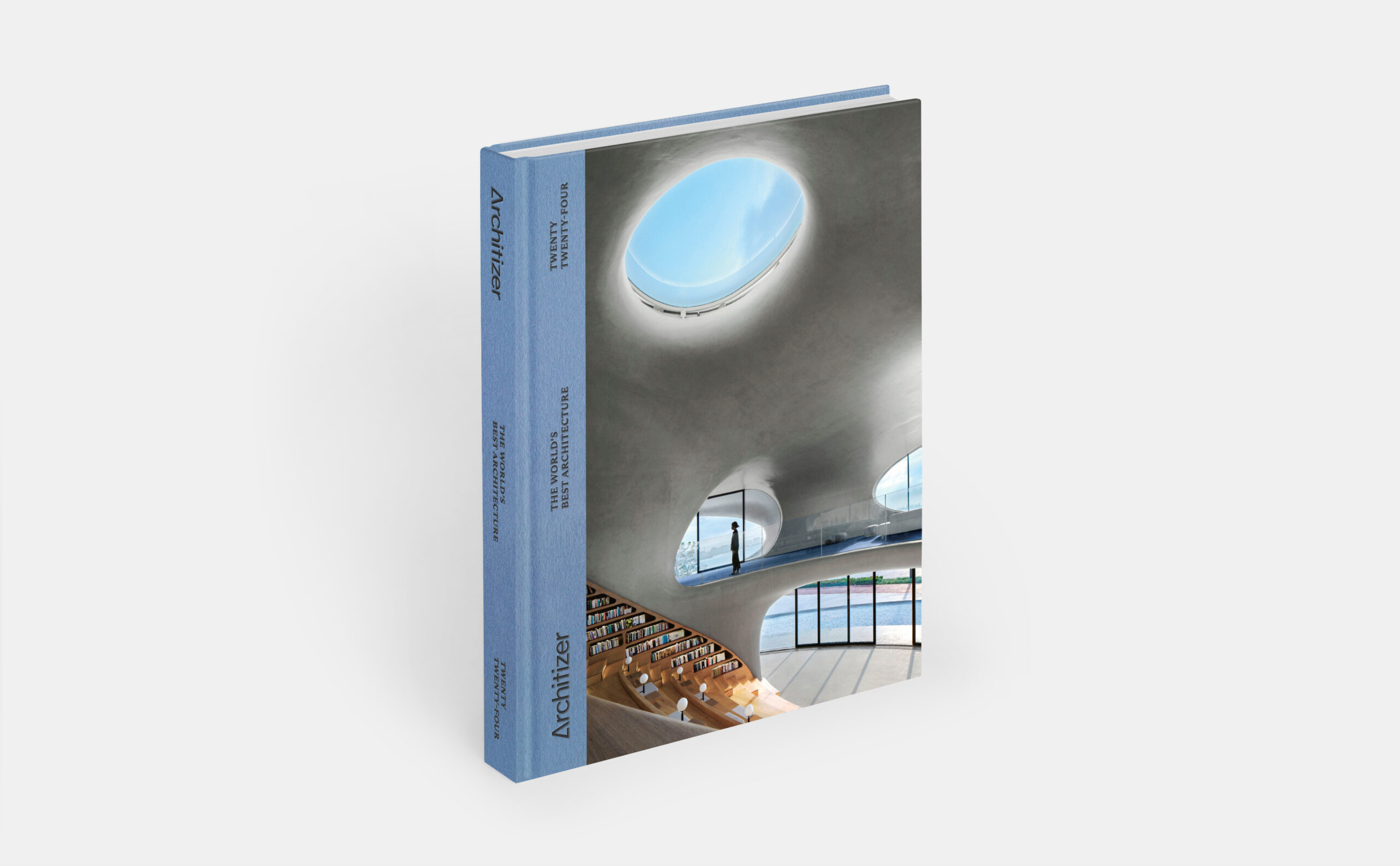 Celebrating its 11th edition in 2023, Architizer’s A+Awards has evolved over the past decade while remaining anchored by a fundamental belief — that good architecture benefits everyone. Accordingly, every project featured in this year’s book has been deemed exemplary not solely by a select group of elite professionals or industry insiders, but by a diverse ensemble of hundreds of imaginative thought leaders representing disciplines as diverse as fashion, media, product design, art and technology.
Celebrating its 11th edition in 2023, Architizer’s A+Awards has evolved over the past decade while remaining anchored by a fundamental belief — that good architecture benefits everyone. Accordingly, every project featured in this year’s book has been deemed exemplary not solely by a select group of elite professionals or industry insiders, but by a diverse ensemble of hundreds of imaginative thought leaders representing disciplines as diverse as fashion, media, product design, art and technology.
In conjunction with the A+Awards jury, a global public vote saw hundreds of thousands of individuals voice their opinion on the finest architecture the world has to offer. This democratic process means the program can provide a holistic picture of what constitutes exceptional architecture, as chosen by the very people who live, work and play inside it. The resulting collection of projects is remarkable for its astonishing diversity. Scattered across the globe and encompassing a broad spectrum of scales, these buildings abound with meticulously crafted details that are uniquely tailored to their occupants.
This year’s book showcases the work of architectural designers who are striving to adapt each and every day, responding adeptly to the evolving needs of their clients and our wider world. While these buildings vary hugely in style, context and type, they are all the result of a unique balancing act faced by architects with each project they undertake.
What insights can be gained from exemplary architectural projects like these? One of the key takeaways from winning projects in the Sustainability Awards — a new group of A+Award categories reflecting the urgent necessity for more sustainable design practices across every industry — is that wood remains a key material for green construction.
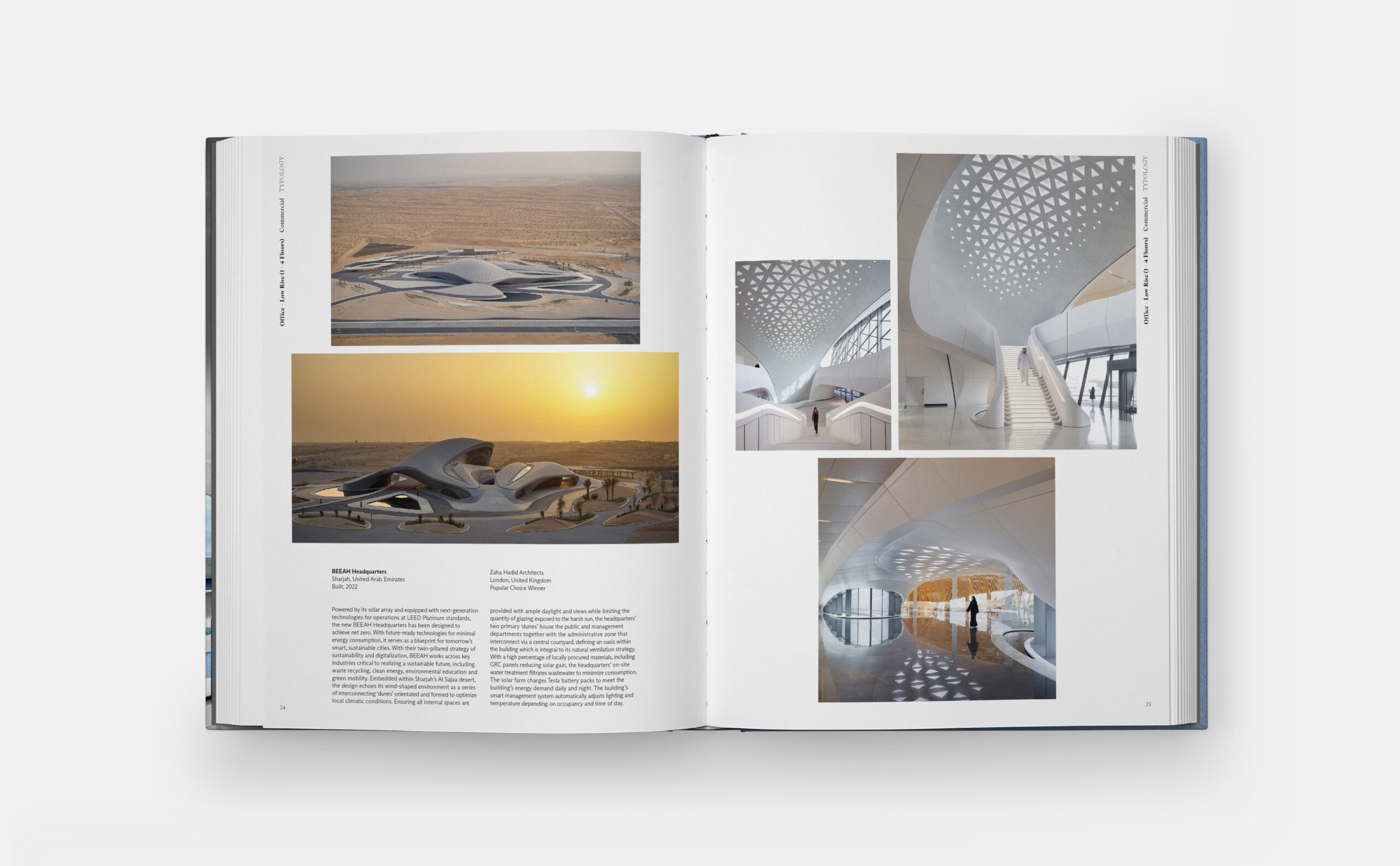
BEEAH Headquarters by Zaha Hadid Architects, Sharjah, United Arab Emirates | 11th Annual A+Awards, Popular Choice Winner, Office – Low Rise (1-4 Floors)
It can be used in the context of adaptive reuse, as in Foster + Partners’ elegant Ombú, a timber office pavilion inserted into a historic warehouse, or reused itself to stunning effect, as demonstrated in Measured Architecture’s beautifully crafted Shor House on Mayne Island, Canada. It can even be harnessed for tall buildings, as illustrated by Limberlost Place in Toronto, a high-tech, 10-story campus designed by Moriyama Teshima Architects and Acton Ostry Architects.
Beyond the utilization of natural materials like wood, many architecture firms are conceiving projects as a physical augmentation of the surrounding landscape. NAPUR Architect achieves this on an epic scale with their design for the Museum of Ethnography in Budapest, which takes on the form of a huge, curving public park, peeled up at each end to reveal cultural spaces below. Meanwhile, the Chenjiagou “Impression Tai Chi” Theatre, designed by the Architectural Design & Research Institute of Tsinghua University, reads as a sculptural extrusion of the surrounding countryside, incorporating a mix of gathering spaces inspired by traditional Chinese courtyards. At a smaller scale, there is PPAG architects’ Steirereck am Pogusch in Austria, a showcase in sustainable gastronomy housed in a cascading greenhouse that echoes the form of the surrounding mountains.
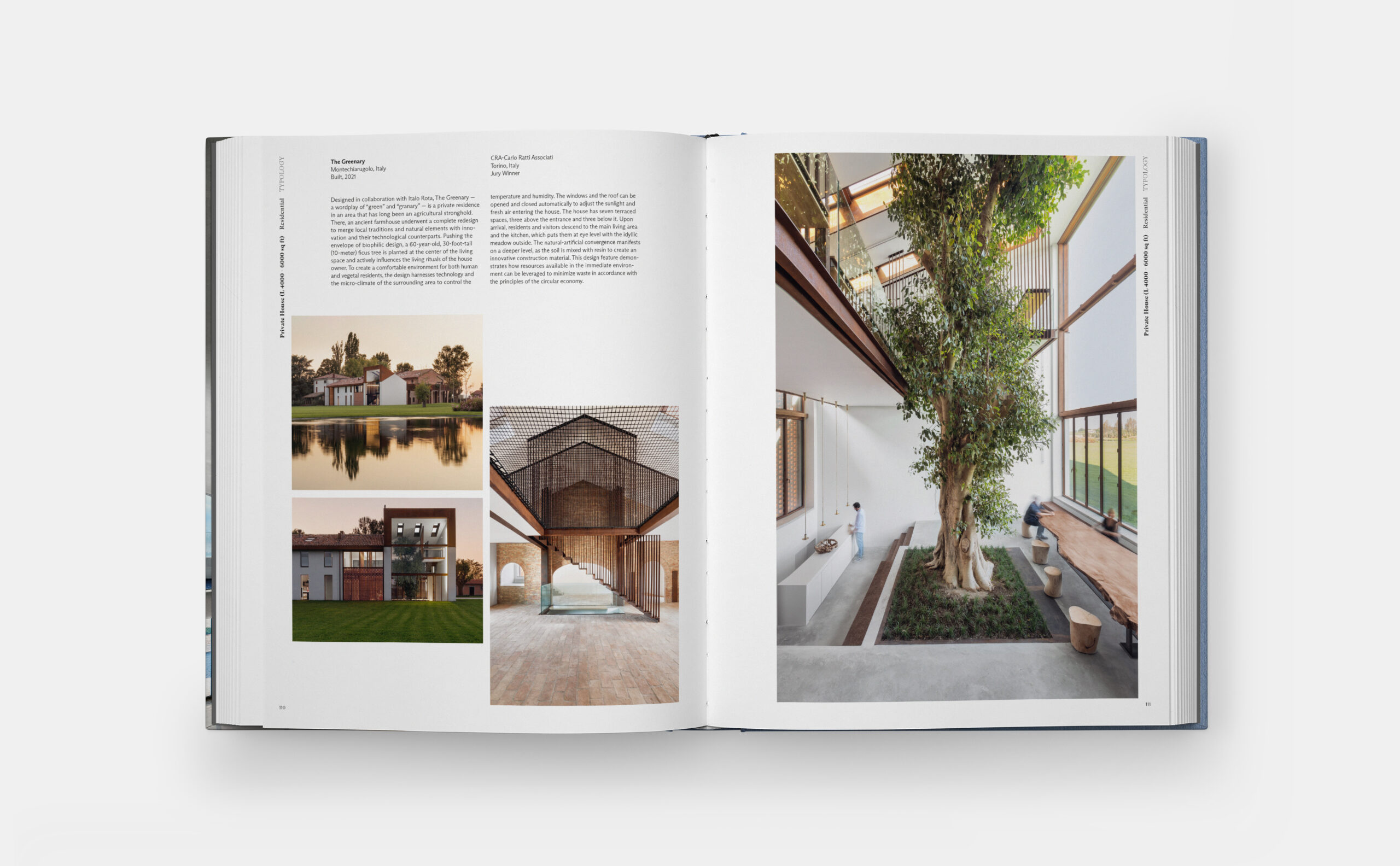
The Greenary by Carlo Ratti Associati, Parma, Italy | 11th Annual A+Awards, Jury Winner, Private House (L 4000 – 6000 sq ft),
As they strive for balance within their built projects, architects are also seeking new methodologies in their design process, from concept to construction. The technologies available to them are developing at breathtaking speeds — now accelerated by artificial intelligence — but it’s clear that there remains a place for both cutting-edge and traditional creative mediums in architecture. On one hand, XMArchitect and Hooman Aliary + Veliz Arquitecto’s projects showcase the outlandish, exciting potential for architectural design within the Metaverse. On the other, the art and craft of model making is in no danger of dying out, as evidenced by temporary work’s brilliantly tactile Tree House and Rvad Studio’s richly textured Vianeh.
Whether in the studio or on the construction site, the world’s leading architects continually seek out new ways to work and better ways to build. At their best, architects are creative chameleons, changing their approach and embracing new innovations in response to wider socio-economic, cultural and environmental shifts. They understand that the world is constantly evolving, and they must continually adapt their way of thinking — and working — to meet the needs of both clients and the broader public.
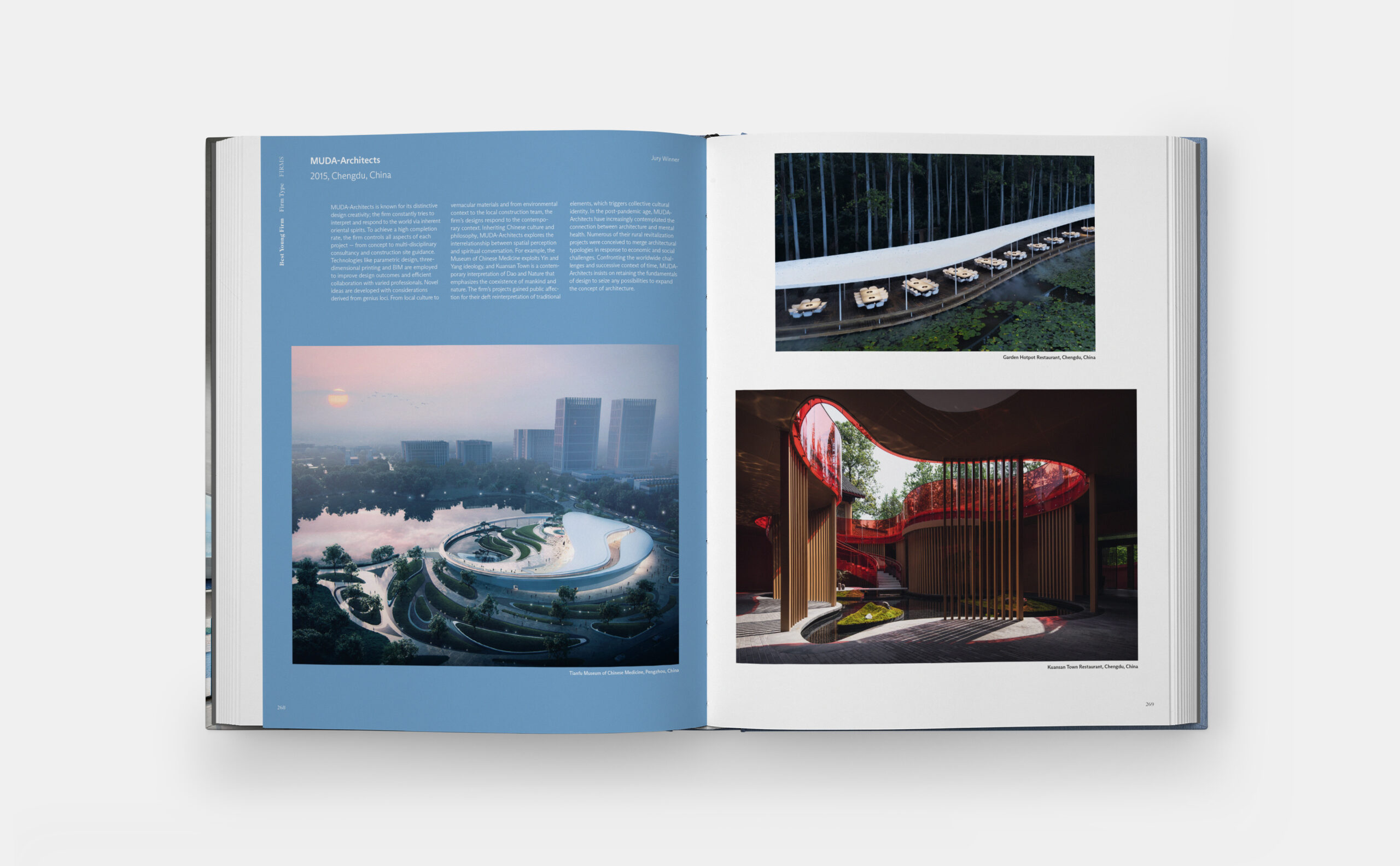
MUDA-Architects, 11th Annual A+Awards, Best Young Firm | Projects (clockwise from left to right): Tianfu Museum of Chinese Medicine; Garden Hotpot Restaurant; and Kuansan Town Restaurant in Chengdu, China
When architects succeed, the resulting buildings hold value far beyond their aesthetic, formal or technical qualities. The best residential architecture makes people feel safe and fosters joy, bringing together families, friends and communities in the process. High quality commercial projects accommodate the varied needs of different types of work while weaving in moments for spontaneous creativity and collaboration. Successful cultural institutions comprise buildings that inform, educate and inspire each visitor that enters. Well-designed schools and colleges are made up of spaces that instill comfort, encourage knowledge sharing and nurture bright minds.
The talented teams behind the projects in this book have met each one of these architectural aspirations, and laid foundations for a new generation of designers in the process. As the world continues to evolve and our global challenges mount, we can take solace from the fact that good design not only improves the lives of its occupants, it also breeds hope. The projects featured throughout the pages of Architizer’s World’s Best Architecture book form a positive precedent for the future, whatever it may bring.
